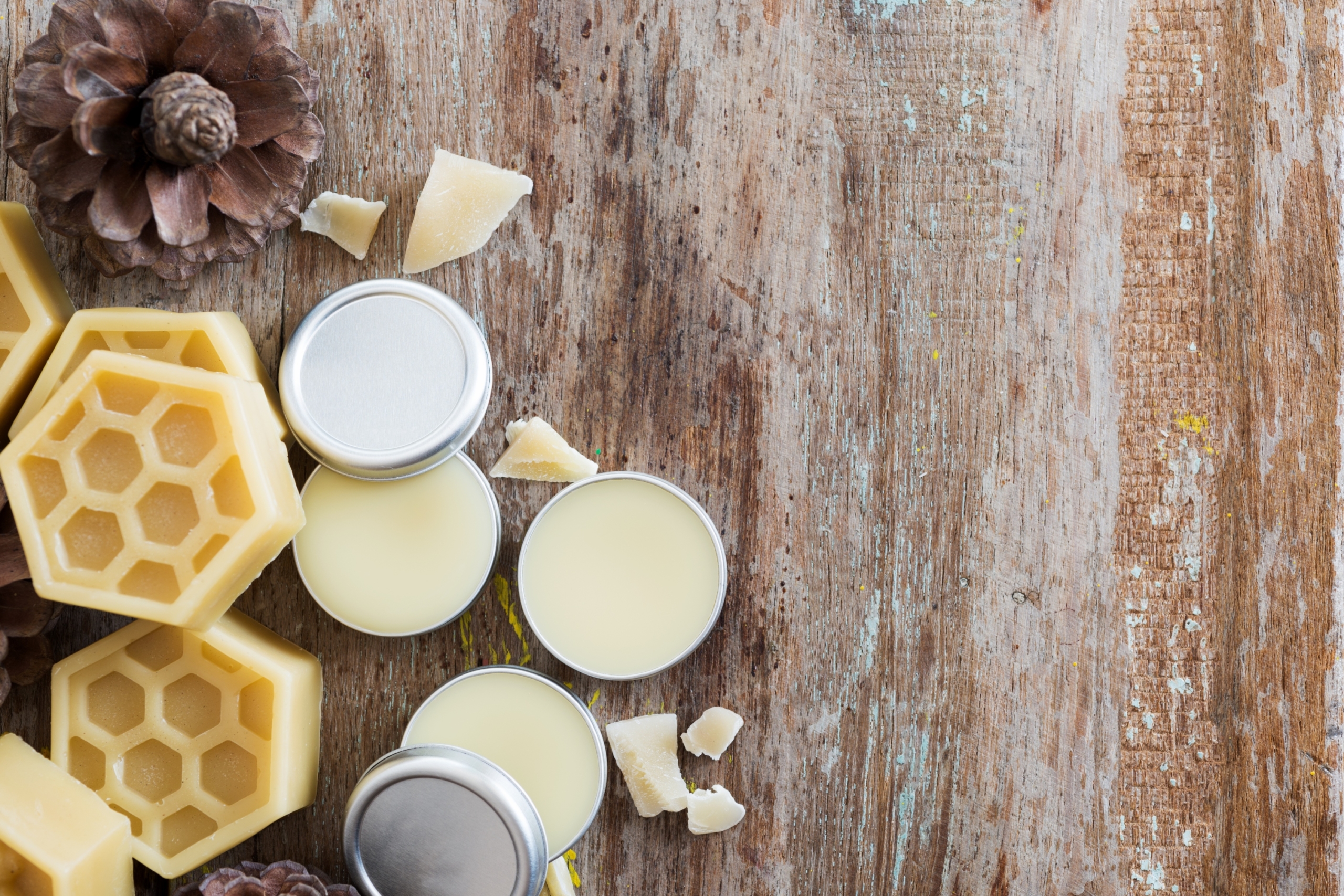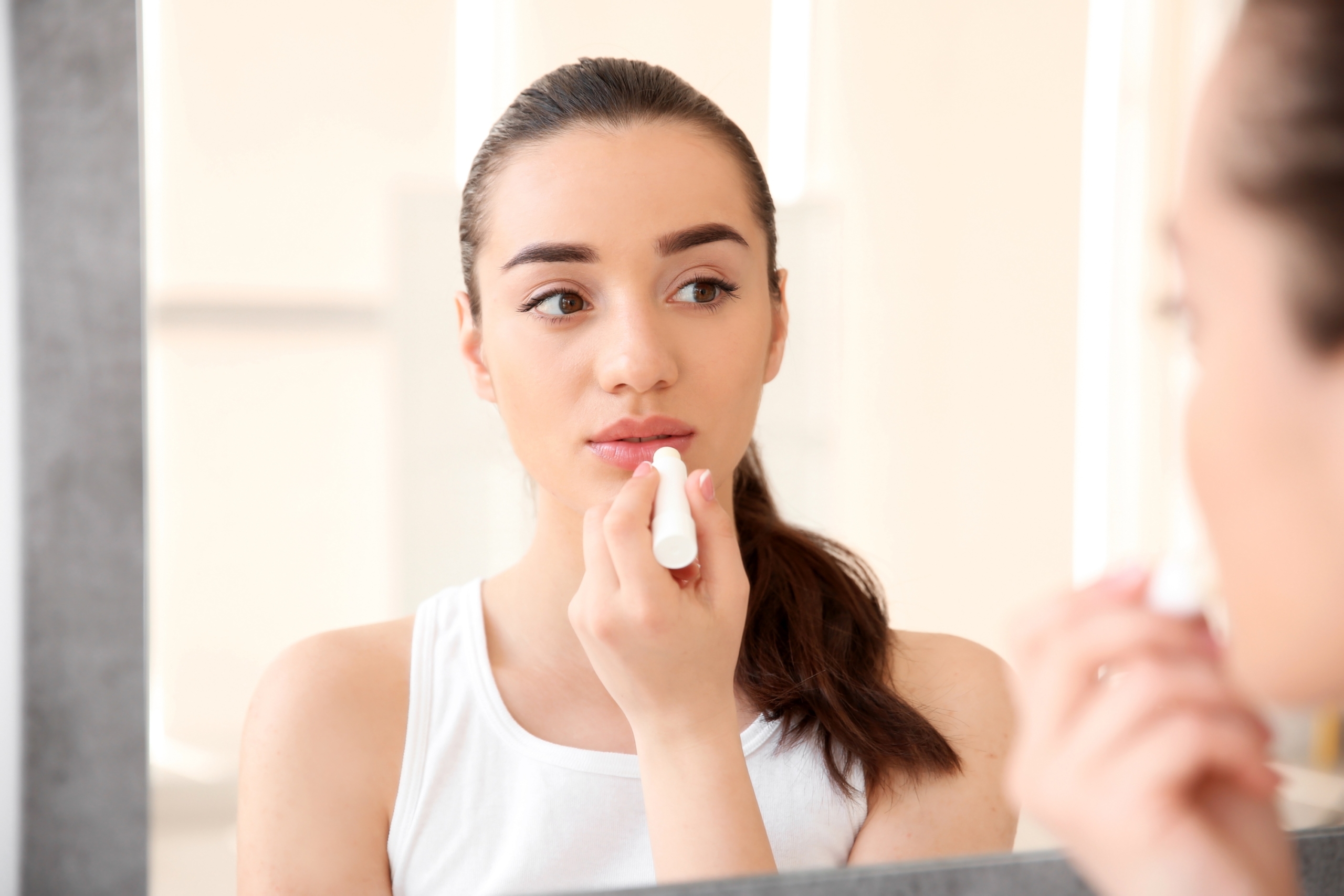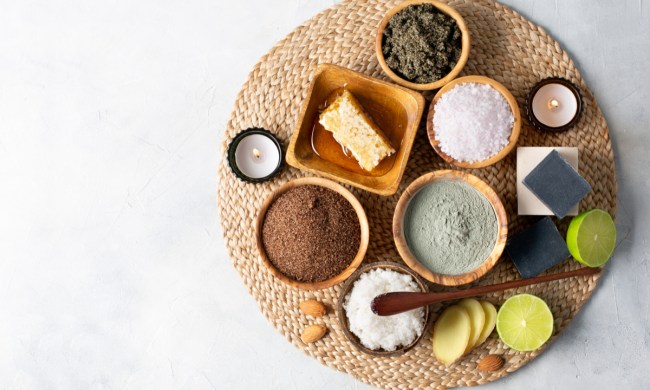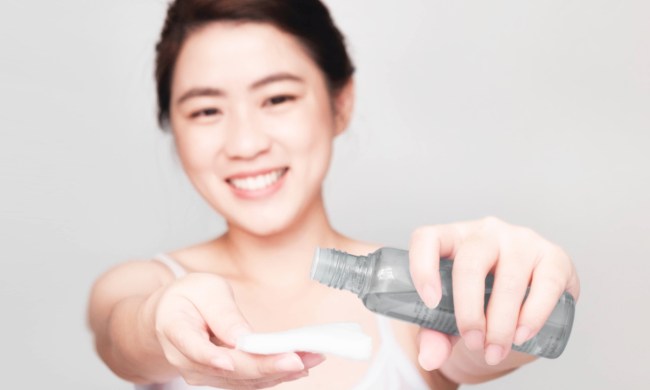If you’ve decided to switch to natural lip balm, that’s fantastic! You’re well on your way to implementing a healthier regime into your lifestyle. Before you begin hitting the shelves for your new all-natural lip balm, there are few things you need to know.
What ingredients to look for when buying natural lip balm
When purchasing an all-natural lip balm, you can’t always rely on the packaging. In the United States, the label “clean,” “green,” or “all-natural” is not regulated, meaning there is no consistent definition. Brands can still market their products as such, even if they include dangerous chemicals that disrupt your body and the environment.
To guarantee that you walk away with a truly natural lip balm, you need to become versed in ingredient lists. While it can be daunting at first, ingredient lists aren’t too challenging to decipher. While you can look up each ingredient by hand, there are wonderful references to help you distinguish good all-natural ingredients from harmful chemicals.
An issue with many lip balm brands is that their ingredients often do not completely combat dry lips. In fact, some brands include ingredients like the ones listed below which further dry out your lips.

If you’re looking for a safe, all-natural lip balm, avoid products that include salicylic acid, phenol, menthol, and camphor, parabens, petroleum, propylene glycol, and alcohol.
On the other hand, there are several natural ingredients to help hydrate and hold in moisture for your lips. Lip balms that include all-natural ingredients often list their ingredients in words that sound familiar to you, like “beeswax” or “Shea butter.” Of course, this is not always the case but it is a good indicator of an all-natural brand.
These all-natural ingredients include beeswax, shea butter, coconut oil, and mineral oil.
Opt for fragrance-free
Today, many beauty companies incorporate fragrances into their products to make them more appealing, but fragrances and dyes are major skin irritants.
If you want an all-natural lip balm, opt for fragrance, paraben, and dye-free products. While fragrance doesn’t necessarily harm your health beyond possible irritation, long term exposure to parabens and dyes can have adverse health effects. By choosing lip balms that do not include these synthetic additives, you’ll be better off in the long run.

Farmstead Apothecary
Farmstead Apothecary
Humble Natural Lip Balm
If you’re looking for a small business selling all-natural lip balm, Humble
Kind Lips
As their name suggests, Kind Lips
Ready to cure your chapped lips with all-natural, soothing ingredients? Try out these natural lip balms to pamper your pucker.
Disclaimer: BlissMark provides information regarding health, wellness, and beauty. The information within this article is not intended to be medical advice. Before starting any diet or exercise routine, consult your physician. If you don’t have a primary care physician, the United States Health & Human Services department has a free online tool that can help you locate a clinic in your area. We are not medical professionals, have not verified or vetted any programs, and in no way intend our content to be anything more than informative and inspiring.



